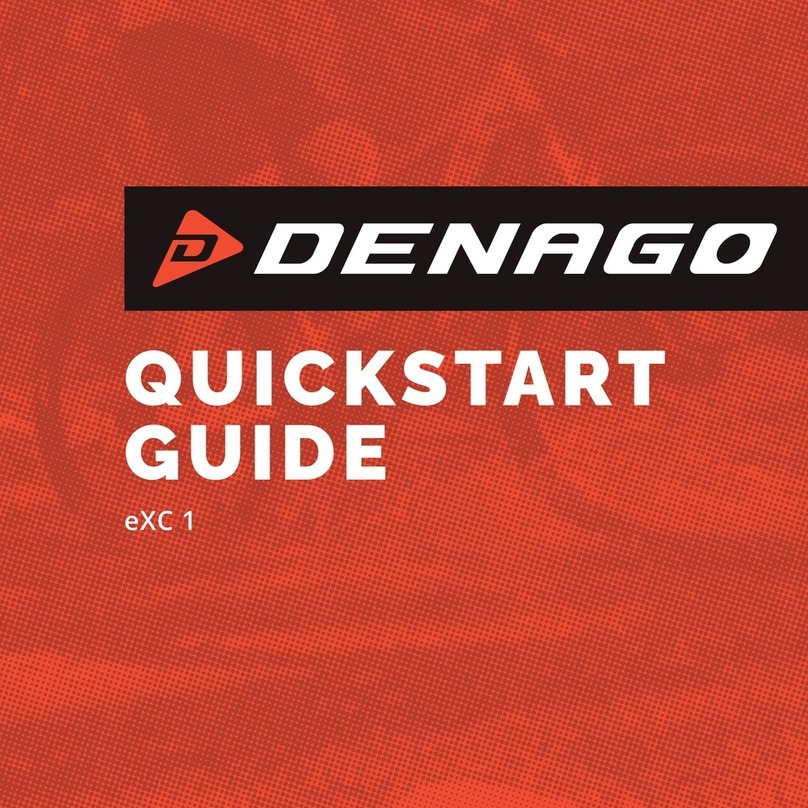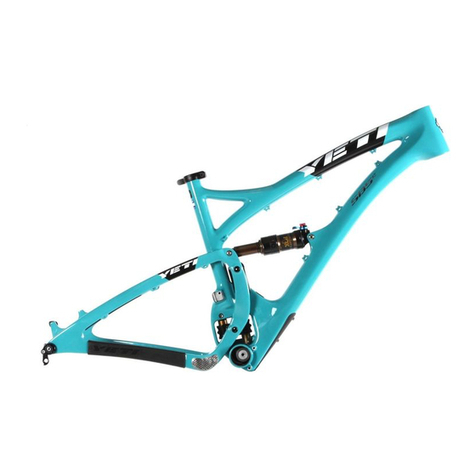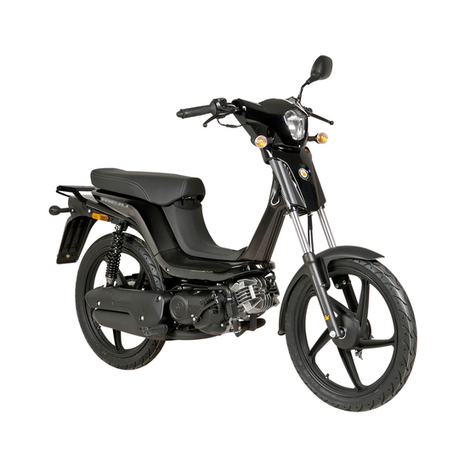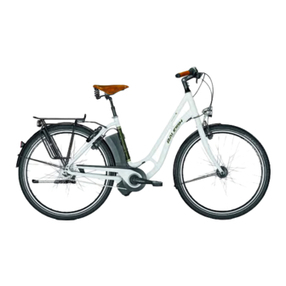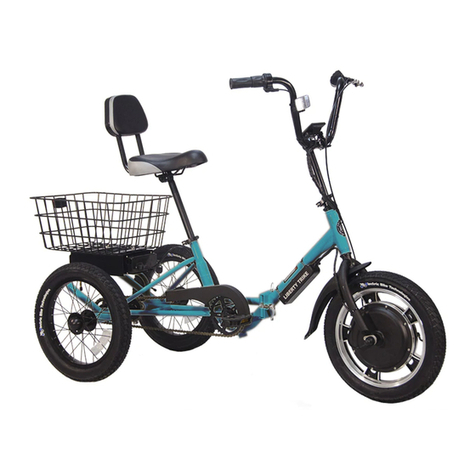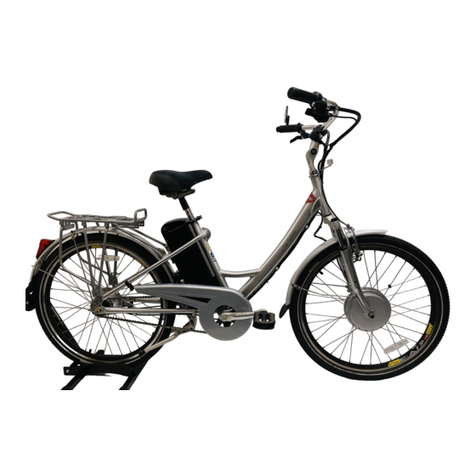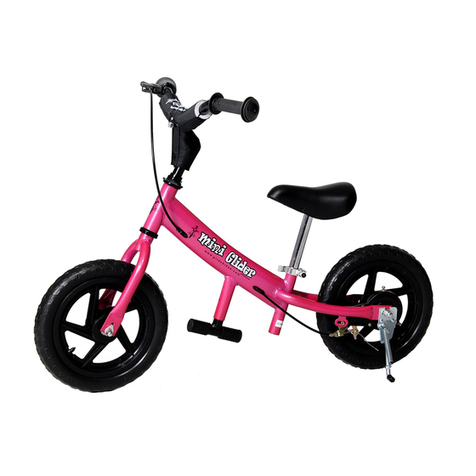Spinergy Tilium Operating instructions

Tilium
Tilium SS
** Always wear eye prote
ction when servicing wheels. **
TRUING & TENSIONING
Spinergy small spline tool (FIG 1)
¼” nut driver (FIG 2)
Park TM -1
Tension Meter (Fig 3)
> Spinergy wheels are hand tensioned and stress relieved before shipping
> Over tensioning will void the warranty.
TENSION VALUES
DRIVE
SIDE
NON
DRIVE
FRONT
TILIUM PBO
21-23
10-12
18-20
20-22
13-15
18-20
Tools required, Tilium SS:
-
Spinergy 4mm square nipple tool (FIG 4)
"Fourth hand" cable holder (FIG 5)
Park TM
- 1 Tension Meter (Fig 3)
Fig 4
Fig 5
WWW.SPINERGY.COM
Fig 2
SERVICE INSTRUCTIONS
Fig 3
Fig 1
These service instructions are intended for bicycle mechanics with prior wheel servicing experience.
These instructions are not intended to be a tutorial on general wheel truing or hub service. If you
do not have the tools listed below or are not comfortable with these instructions, leave it to a pro!
Always inspect the carbon fiber and other components of the wheel for scratches, gouges, dents,
cracking or bends before every ride. Discontinue use of the wheelset and consult a professional
bicycle mechanic if any of these conditions appear.
WARNING!
Use Spinergy 4mm square nipple driver to turn nipple, which is only accessed under rim tape after removing tire. Use
“Fourth hand” brake
tool or bladed spoke holder to keep spoke from rotate while tensioning nipple.
Use 1/4” nut driver to turn nipple, which is only accessed under rim tape after removing tire. Use
e Spinergy small spline
Spinergy small spline tool to hold spoke stationary. Do not allow spoke to rotate while tensioning nipple.
TILIUM PBO
TILIUM SS
Tools required, Tilium:
Due to the flexibility of PBO spokes, they may feel under tensioned when compared to a rigid steel spoke.
If you tension PBO spokes to the point where they feel like steeel spokes, you wil have over-tightened the spoke and
risk damaging the rim. Increasing spoke tension
beyond factory values will
not improve performance or durability of the
wheel.
Fig 6
TILIUM SS, XAERO CARBON SS
pokes identified by the exposed nipple heads at the rim and large (2.8mm) direct
“Which wheel do I have?”
The Tilium uses PBO s
The Tilium SS uses standard “J” bend stainless steel spokes in a 2.0/1.8mm-14 gauge.
pull spokes (FIG 6)
The Xaero carbon SS uses standard "J" bend stainless steel bladed in a 1.8mm-15 gauge
XAERO CARBON SS
Use 5mm hex nut driver to turn nipple, which is accessed under rim tape after removing tire. Use "Fourth
hand" cable tool or bladed spoke holder to keep spoke from turning while tensioning nipple.
Tools required Xaero carbon SS:
5mm hex nut driver (FIG 2)
"Fourth hand" cable holder (FIG 5)
Park TM-
1 Tension Meter (Fig 3)
Xaero Carbon SS

** Always wear eye prote
ction when servicing wheels. **
HUB SERVICE
WWW.SPINERGY.COM
SERVICE INSTRUCTIONS
DISASSEMBLY
1. Remove either axle cap using a cone wrench on each side (fig1).
2. Remove remaining axle cap by inserting hex key into axle to hold while turning
axle cap with cone wrench. (fig 2).
4. Remove bearing by tapping out axle with plastic tipped hammer and punch
(fig 3).
Use punch with sufficient diameter not to get stuck in hex key slot in axle.
5. Remove other side hub bearing with punch.
Front
INSPECTION
1. Inspect bearings for excessive play, roughness or drag. Replace if needed.
2. Inspect hubshell and all components for cracks, deformation, wear, breakage.
Replace as needed.
TROUBLESHOOTING
Main axle dragging
Axle worn, freehub body bearings worn, hubshell seal dry, missing or worn #511199
spacer. Of these causes , a worn axle or spacer is the most common. Depending on
hub version, the freehub body will use either a step in the axle or a spacer sleeve to
space the back of the freehub body away from the hubshell. When assembled, this
step or spacer sleeve should protrude out of the back of the freehub body at least
1mm/.040" or about a credit card thickness (fig 4,5).
Freehub body dragging
Freehub body not engaging or disengaging
Dirt contamination in pawl seat, pawl broken, pawl spring broken, ratchet ring broken
or stripped, seized bearings in freehub body.
page 3
fig 1
fig 2
fig3
Hub bearings worn, center hubshell bearing spacer worn or missing, axle bent,
bearings not fully seated in hubshell.
fig 4
fig 5
Creaking or clicking
End caps loose, bearings loose fit in hubshell, axle worn / undersized, spokes dirty
(PBO) or worn (steel) where they intersect and contact each other, loose quick release.

** Always wear eye prote
ction when servicing wheels. **
HUB SERVICE
WWW.SPINERGY.COM
SERVICE INSTRUCTIONS
REASSEMBLY
Front
page 4
1. With axle in between bearings, press bearings into hub (fig ). Center axle
between bearings (fig ).
2. Install end caps. Torque to 100 in-lbs. / 11.3nm
Rear V1
1. Press drive side bearing into hubshell.
3. Slide long end of axle into drive side hubshell bearing from non-drive side. Longer
end of axle should protrude from drive side of hubshell.
4. Slide non-drive side hubshell bearing over axle and press in.
Replacing bearings
Rear V2
1. With axle spacer between bearings, press bearings into hubshell being careful to
keep center spacer aligned with hubshell bearings.
2. Insert large diameter end of axle into hub from drive side.
3. Torque non-drive side end cap to 100 in-lbs / 11.3 nm.
Installing freehub body (FHB)
1. Slide #511199 spacer sleeve over drive side of axle axle (V1).
2. Slide FHB over axle. Pawls may catch on ratchet ring. If so, use small tool to push
pawls under ratchet ring while lightly pushing in FHB (fig ).
3. Torque drive side end cap to 100 in-lbs / 11.3 nm.
fig 12
Press bearings into hubshell using fitted bearing press or 1/2" drive deep socket
that only contacts outer race of bearings.
This manual suits for next models
2
Table of contents




